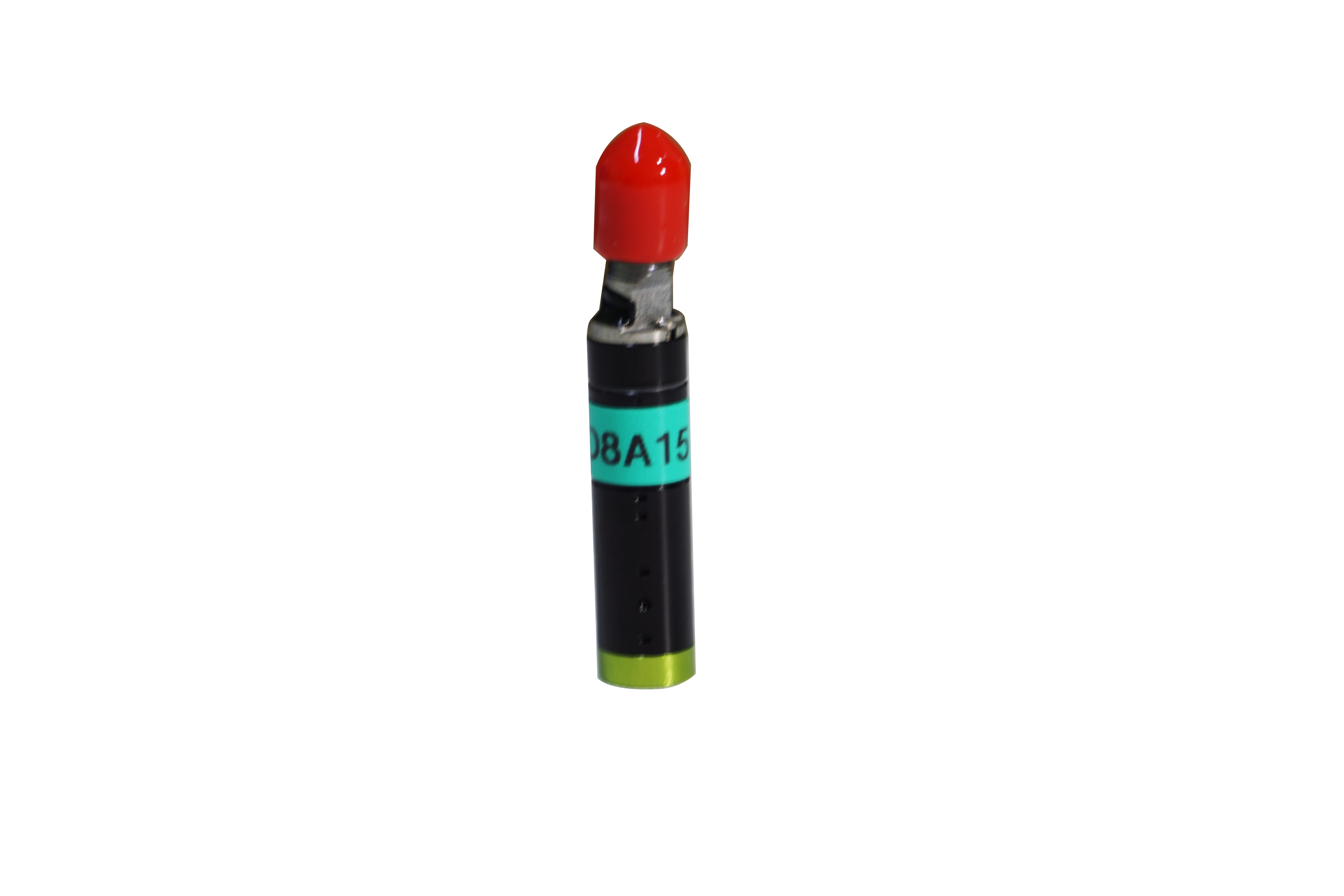2022-04-22
With the rapid development of industry, the demand for precision measurement technology is getting higher and higher. As the basis of geometric precision measurement, displacement measurement technology not only needs ultra-high measurement accuracy, but also needs to have a wide range of adaptability to the environment and materials, and gradually tends to real-time and non-destructive testing. Compared with the traditional contact measurement method, the visual spectral confocal displacement sensor has obvious advantages such as fast speed, high precision and strong adaptability.

Spectral confocal displacement sensors are often used to measure the thickness of transparent objects, such as film, glass, transparent adhesive, transparent liquid. The multi-layer thickness can be measured for surface roughness analysis, surface profile analysis, scratch measurement, hole diameter measurement is widely used, and the accuracy is high, and it is not affected by the surface material. Today, let's take a look at the working parts of the spectral confocal displacement sensor.
1. Roughness measurement:
It can measure roughness as small as a few nanometers. The roughness file is obtained much faster than the normal probe, and there is no risk of scratches on the surface.
2. Contour & Micromorphology:
The sensor's 3D scanning interface enables 2D and 3D measurements of all complex objects. Accuracy up to sub-micron level.
3. Thickness measurement:
The very advanced spectral confocal imaging principle can measure the thickness of transparent materials with extremely high accuracy by using a single sensor. It can be measured directly from one side of the sample.
4. Horizontal control:
Thanks to its non-contact technology, our sensors can detect and measure the horizontal level of liquids.
5. Vibration:
Thanks to the very high measurement frequency and nanometer resolution, our sensors are able to measure vibrating objects. Their contactless design avoids interference during testing and enables measurement and analysis of hard-to-access areas.
6. Production line inspection:
Optical sensors can be used in production line system control due to their very high measurement rates and advanced interface and manufacturing capabilities.
With the development of spectral confocal sensing technology, it will be applied more and more in the fields of microelectronics, linewidth measurement, nano measurement, ultra-precision geometric measurement and so on.



